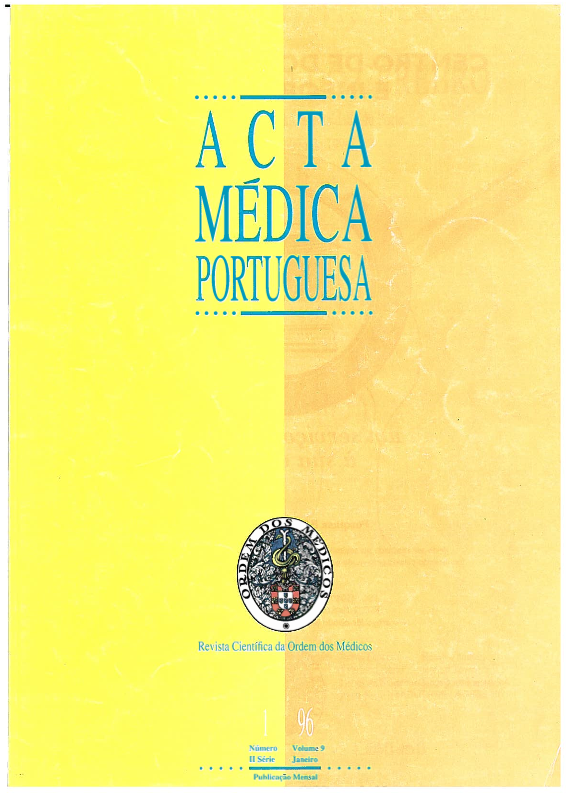Cerebral toxoplasmosis in AIDS patients, CT and MRI images and differential diagnostic problems.
DOI:
https://doi.org/10.20344/amp.2543Abstract
Cranial computed-tomographies (CT) and magnetic resonance imaging (MRI) of 14 patients with AIDS and central nervous system toxoplasmosis (CNST) were reviewed. In spite of the low specificity of CT and MRI findings in CNS mass lesions of AIDS patients, there are some features which have been observed as more typical of CNST, namely: 94.9% of the lesions were round shaped and 94.5% had ring or nodular enhancement; 81.3% of the cases presented multiple lesions; 60.2% of the lesions were localized at the cerebral cortical or corticomedullary junction (100% of the cases showed at least 1 lesion in this localization); 34.6% of the lesions had less than 1cm in diameter.; on nonenhanced CT, 91.3% of the lesions were hypodense.; On T2-weighted MR images, 53.4% of the lesions had at least one hypointense zone on T2-weighted images. The existence of target-shaped lesions with hypointense centre on T2-weighted MR images (29.3% the observed lesions) is also suggestive of CNST, which, to our belief, had not been previously reported and will need confirmation with larger series. The visualization of iso/hyperdense lesions on nonenhanced CT or irregular shape lesions is uncommon in CNST. The finding of a solitary lesion, on CT or MR, it is not, by itself, a good criterion of differential diagnosis.Downloads
Downloads
How to Cite
Issue
Section
License
All the articles published in the AMP are open access and comply with the requirements of funding agencies or academic institutions. The AMP is governed by the terms of the Creative Commons ‘Attribution – Non-Commercial Use - (CC-BY-NC)’ license, regarding the use by third parties.
It is the author’s responsibility to obtain approval for the reproduction of figures, tables, etc. from other publications.
Upon acceptance of an article for publication, the authors will be asked to complete the ICMJE “Copyright Liability and Copyright Sharing Statement “(http://www.actamedicaportuguesa.com/info/AMP-NormasPublicacao.pdf) and the “Declaration of Potential Conflicts of Interest” (http:// www.icmje.org/conflicts-of-interest). An e-mail will be sent to the corresponding author to acknowledge receipt of the manuscript.
After publication, the authors are authorised to make their articles available in repositories of their institutions of origin, as long as they always mention where they were published and according to the Creative Commons license.









